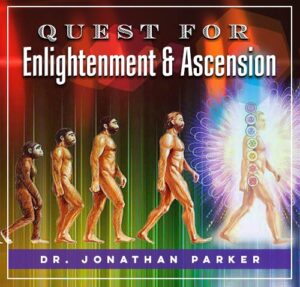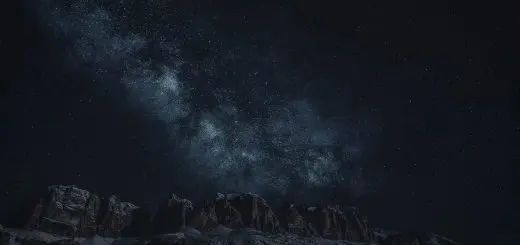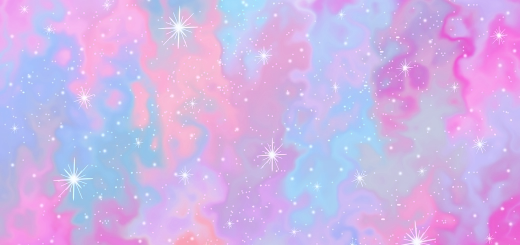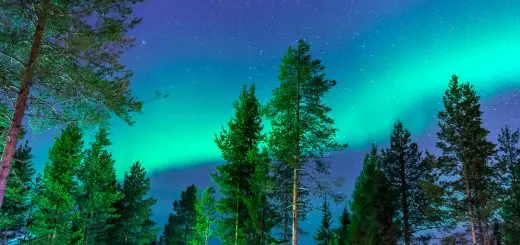How Do We Explain the Origin of the Universe?
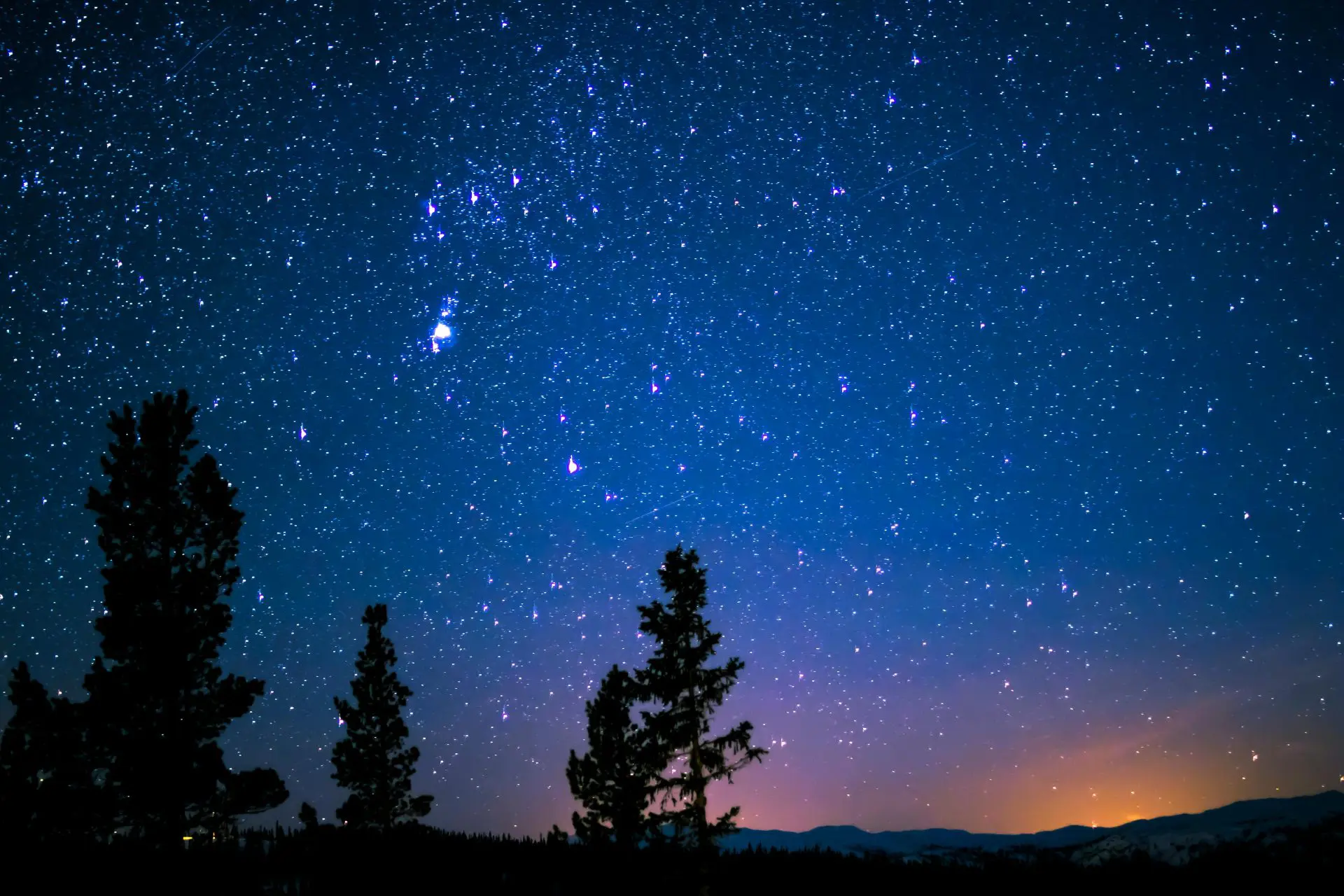
Looking for more amazing products? Check out our online store and explore our collection here! Happy shopping!
Before diving in, please note: This post is for informational purposes only. If you’d like to know more about how we approach topics, feel free to check out our friendly Disclaimer Page.
Hey there, amazing readers! 
We’re committed to delivering quality posts, and your support (even just sticking around despite the ads) means everything to us. So, bear with us, and thanks for helping us keep the good vibes rolling. Now, on to the fun stuff!
TRANSLATE BUTTON AT THE END OF THE ARTICLE
A Quick Overview
Have you ever gazed up at the starry night sky and wondered how everything began?
The origins of the universe spark curiosity and inspire deep philosophical questions.
Scientists and thinkers from all walks of life have tried to decode this cosmic puzzle.
From ancient myths to cutting-edge physics, the quest to explain the universe’s beginning is nothing short of fascinating.
Let’s dive into the captivating story of how our universe came to be.
The Cosmic Puzzle: Understanding Our Universe’s Start
The universe is an extraordinary and intricate tapestry of matter, energy, and time.
Imagine it as a gigantic jigsaw puzzle, with each piece representing a different aspect of existence.
Our journey begins with the question: how did it all start?
Ancient cultures offered various stories and myths to explain the cosmos, often rooted in spirituality and religion.
Fast forward to the scientific revolution, and we find ourselves at the forefront of astronomical discoveries.
Instead of a single myth, we now have a multitude of theories.
The beauty of science is its flexibility; theories evolve as we gather more evidence.
We’re not just passive observers; we’re active participants in a grand cosmic story.
How did the first atoms form?
What ignited the stars?
These inquiries invite us to explore the fabric of space and time.
The universe is not static; it’s a dynamic entity teeming with life, energy, and motion.
As we embark on this journey, we’ll uncover the cosmic tale that defines our very existence.
Big Bang Theory: The Leading Explanation Revealed
The Big Bang Theory stands as the dominant explanation for the origin of the universe.
Picture a cosmic balloon that suddenly inflated in a fraction of a second.
Approximately 13.8 billion years ago, all the matter and energy we know today existed in an incredibly hot and dense state.
Then, boom!
It expanded rapidly, leading to the universe we inhabit now.
But what does this really mean?
Imagine a fireworks display where each explosion sends colorful sparks flying into the night.
That’s akin to the initial expansion of the universe.
As it expanded, matter began to cool, allowing protons and neutrons to bond and form the first atomic nuclei.
One of the most exciting aspects of the Big Bang Theory is the evidence supporting it.
Astronomers observed the Cosmic Microwave Background Radiation, a remnant from the early universe, providing a snapshot of its infancy.
This is not just theory; it’s backed by observable phenomena, making the Big Bang Theory a cornerstone of modern cosmology.
Explore the Path to Spirituality and Enlightenment – Start Here.
Exploring Cosmic Inflation: A Rapid Expansion
Have you ever heard of inflation?
No, not the economic kind!
In cosmology, inflation refers to a period of astonishingly rapid expansion that occurred just after the Big Bang.
This phase lasted only a fraction of a second but dramatically shaped the universe.
Imagine blowing up a balloon and watching it expand exponentially.
In the first moments of its existence, the universe underwent a similar transformation.
It stretched and cooled, which allowed matter to form and settle into the vast structure we see today.
This sudden burst of growth explains some of the universe’s uniformity.
If the universe expanded uniformly, we wouldn’t see the clumps of galaxies and clusters that are so prevalent today.
Inflation theory helps us grasp why the cosmos appears so homogenous yet contains vast voids and intricate structures.
What Came Before the Big Bang? Theories Explored
Ah, the tantalizing question of what existed before the Big Bang!
It feels like trying to imagine what’s north of the North Pole.
Some theories suggest that the universe may have originated from a previous one, possibly through a cyclic process of expansion and contraction.
Another concept is the idea that time itself began with the Big Bang.
If that’s true, trying to conceptualize "before" becomes tricky.
Some physicists propose the existence of a multiverse, where numerous universes exist simultaneously, each with its own Big Bang.
While these theories may sound outlandish, they challenge our understanding of reality itself.
They push the boundaries of our imagination and scientific inquiry, inviting us to ponder the infinite possibilities of existence.
The Role of Quantum Physics in Cosmic Origins
Quantum physics often makes my head spin, but it’s crucial for understanding the universe’s origins.
It’s like peering into a bizarre world where particles can be in two places at once.
This randomness is key to the formation of the universe.
One idea posits that quantum fluctuations in the vacuum of space could have triggered the Big Bang.
Think of it as a tiny spark igniting a massive fire.
These fluctuations create variations in density, leading to the clumps of matter that eventually form galaxies, stars, and planets.
Furthermore, quantum theories have led to groundbreaking concepts such as string theory, which attempts to unify the forces of nature.
If proven, it could reshape our understanding of everything, including the origins of the universe.
Cosmic Microwave Background: The Universe’s Echo
The Cosmic Microwave Background Radiation (CMB) is often described as the afterglow of the Big Bang.
Imagine that the universe left behind a warm blanket, and the CMB is the faint signal we can detect today.
It’s a crucial piece of evidence that supports the Big Bang Theory.
Discovered in the 1960s by Arno Penzias and Robert Wilson, the CMB has been studied extensively.
It provides a wealth of information about the early universe, revealing temperature fluctuations that correspond to density variations.
These fluctuations eventually led to the formation of galaxies and other cosmic structures.
Today, satellites like the Planck spacecraft have mapped the CMB with incredible precision.
This data helps cosmologists understand the universe’s composition, age, and expansion rate.
It’s like holding a time machine to observe the universe’s infancy.
Stars and Galaxies: How They Formed After the Bang
Once the universe cooled enough, hydrogen and helium atoms began to coalesce, forming the first stars.
These stellar nurseries ignited nuclear fusion, creating light and heat.
Picture a cosmic factory churning out energy, lighting up the dark void of space.
Over millions of years, stars gathered into galaxies, forming clusters and superclusters.
Our own Milky Way is just one of billions.
Each galaxy carries its own story, filled with varying star systems, black holes, and planetary bodies.
The process doesn’t stop there.
Stars live and die, exploding as supernovae or collapsing into black holes.
This cycle enriches the universe with heavier elements, paving the way for new stars and planets.
It’s a beautiful dance of creation and destruction that continues to this day.
Dark Matter and Dark Energy: The Hidden Forces
If we think we understand the universe, dark matter and dark energy have a funny way of reminding us how little we know.
These mysterious forces are like the invisible thread weaving through the cosmos, affecting its structure and expansion.
Dark matter, which makes up about 27% of the universe, doesn’t emit light, making it incredibly elusive.
We know it’s there because of its gravitational effects on galaxies.
It’s as if we can feel a friend’s presence in a dark room, even if we can’t see them.
On the other hand, dark energy accounts for roughly 68% of the universe and is believed to drive its accelerated expansion.
It’s like a cosmic anti-gravity force, pushing galaxies apart at an ever-increasing rate.
Understanding these phenomena is imperative, as they hold the key to our universe’s ultimate fate.
The Multiverse Theory: Are There Other Universes?
The multiverse theory is a wild ride!
Imagine if our universe is just one bubble in a vast sea of universes, each with its own laws of physics.
Some may mirror our own, while others could be entirely different.
It’s a playground for the imagination!
This idea stems from inflationary theory, suggesting multiple regions of space inflated at different rates.
Each region could have formed its own universe, complete with unique properties and dimensions.
It’s a cosmic buffet!
While the multiverse remains a hypothesis, it opens exciting possibilities.
What if there are versions of ourselves living different lives in other universes?
It’s both thrilling and humbling to consider the vastness beyond our own world.
Ancient Cultures: How They Viewed the Cosmos
Looking back to ancient civilizations, we find a wealth of fascinating beliefs about the cosmos.
From the Egyptians to the Mayans, cultures crafted rich mythologies to explain the universe’s origins.
The stars guided navigation, while celestial events influenced agriculture.
For example, the Babylonians meticulously charted the night sky, creating some of the earliest maps of constellations.
These maps helped them predict seasonal changes, directly impacting their agricultural practices.
Stories of creation often intertwined with cultural identity, providing meaning and context.
While their explanations differed from modern science, they reflect humanity’s eternal quest for understanding.
It’s a beautiful reminder that every culture has tried to make sense of the same cosmic questions we wrestle with today.
The Future of Cosmology: Ongoing Discoveries Await
As we gaze into the future, the field of cosmology holds exciting prospects.
With advancements in technology, we can explore deeper into space than ever before.
New telescopes are set to unveil distant galaxies and shed light on dark matter and dark energy.
Projects like the James Webb Space Telescope are game-changers.
They will allow us to look back in time, observing galaxies that formed just after the Big Bang.
It’s like opening a window into the past, enriching our understanding of the universe’s evolution.
Moreover, collaboration among scientists worldwide fosters an environment ripe for discovery.
As we tackle these questions together, we inch closer to comprehending our cosmic origins.
Join the Quest: How You Can Explore the Universe!
Feeling inspired to explore the universe?
Great!
There are countless ways to engage with the cosmos.
Start by stargazing; grab a telescope or simply lie on a blanket and gaze at the stars.
Apps can help identify constellations and planets, turning your backyard into a celestial observatory.
Ready for more?
Consider joining a local astronomy club.
You’ll meet like-minded enthusiasts and experts eager to share their knowledge.
Many clubs host public events, giving you hands-on experience with telescopes and cosmic discussions.
Online resources are also abundant!
Websites and platforms offer courses on astrophysics, cosmology, and the history of the universe.
Dive into documentaries and podcasts that break down complex ideas into digestible concepts.
The universe is waiting for you to unravel its mysteries!
Conclusion
The origin of the universe is a multifaceted narrative filled with wonder, mystery, and endless inquiry.
From the Big Bang to the formation of galaxies, every piece of evidence brings us closer to understanding our cosmic beginnings.
As we continue to explore and question, remember that curiosity is our greatest tool.
Whether through science or ancient stories, the journey to comprehend our universe is one of the most exciting adventures we can embark on.
So, keep looking up, asking questions, and let your wonder guide you through the cosmos!

The Enlightenment Journey is a remarkable collection of writings authored by a distinguished group of experts in the fields of spirituality, new age, and esoteric knowledge.
This anthology features a diverse assembly of well-experienced authors who bring their profound insights and credible perspectives to the forefront.
Each contributor possesses a wealth of knowledge and wisdom, making them authorities in their respective domains.
Together, they offer readers a transformative journey into the realms of spiritual growth, self-discovery, and esoteric enlightenment.
The Enlightenment Journey is a testament to the collective expertise of these luminaries, providing readers with a rich tapestry of ideas and information to illuminate their spiritual path.
Our Diverse Expertise
While our primary focus is on spirituality and esotericism, we are equally passionate about exploring a wide range of other topics and niches 

To ensure we provide the most accurate and valuable insights, we collaborate with trusted experts in their respective domains 
Our blog originally focused on spirituality and metaphysics, but we’ve since expanded to cover a wide range of niches. Don’t worry—we continue to publish a lot of articles on spirituality! Frequently visit our blog to explore our diverse content and stay tuned for more insightful reads.
Hey there, amazing reader! 
Check out our store here and take a peek at some of our featured products below! Thanks for being awesome!


